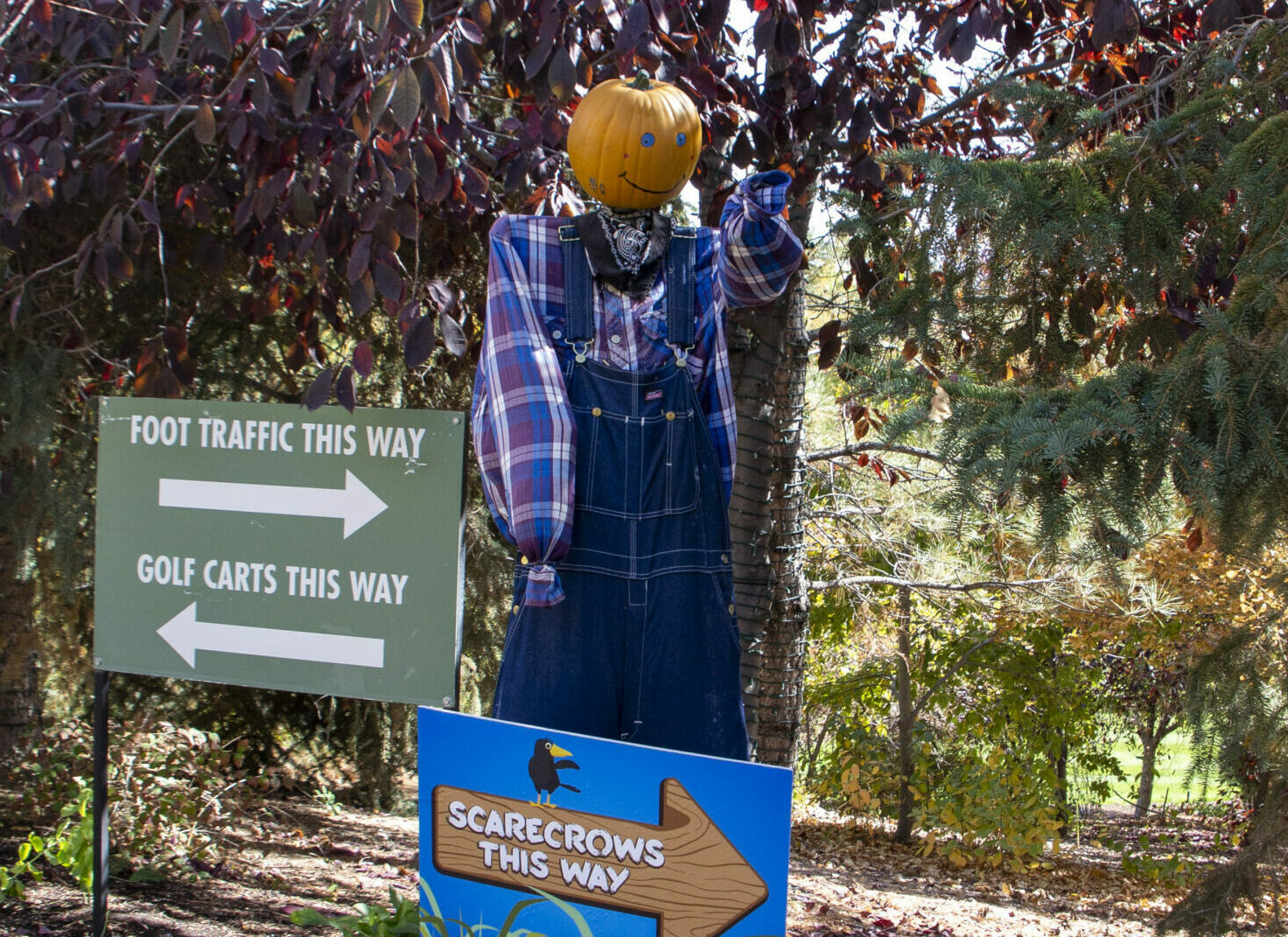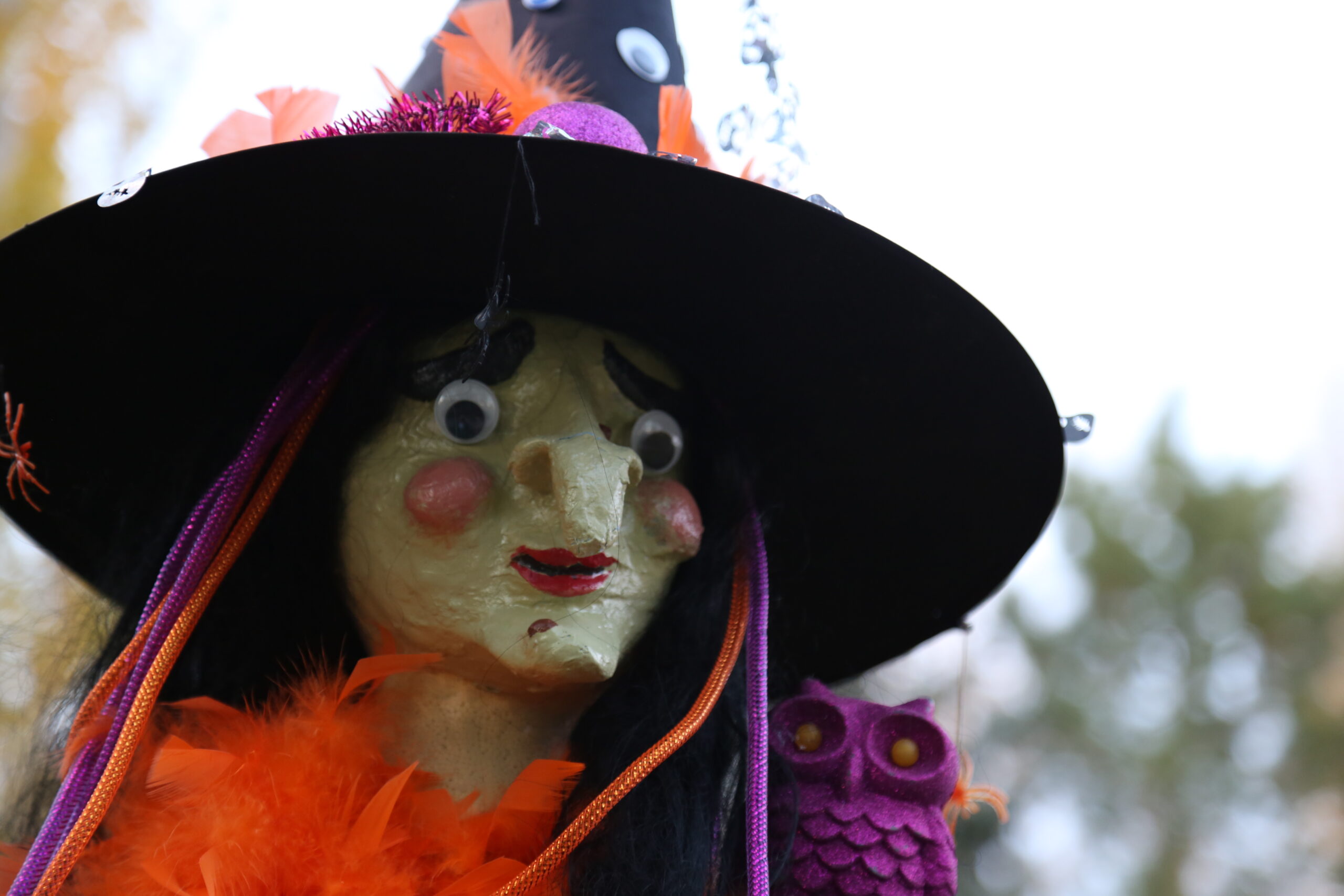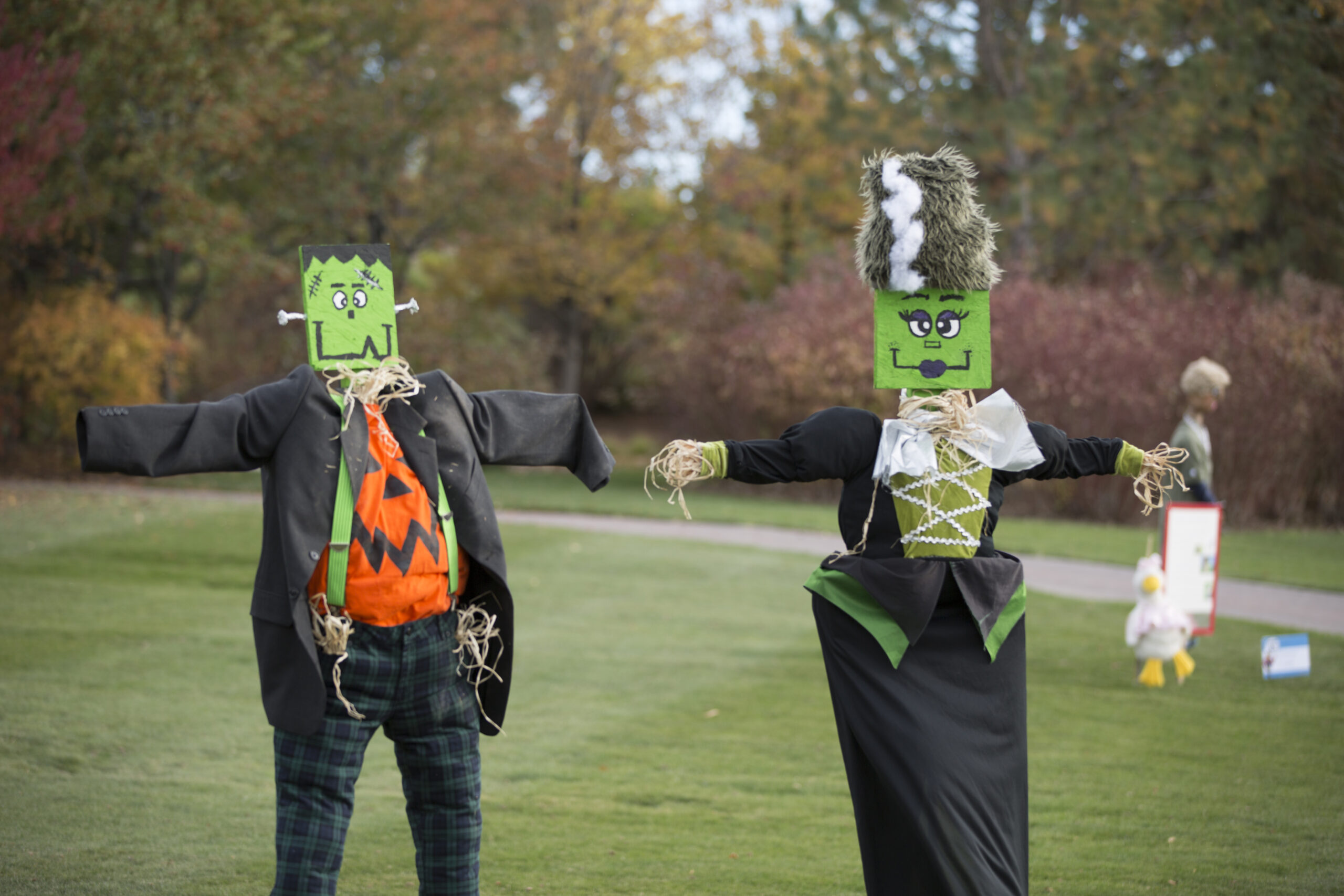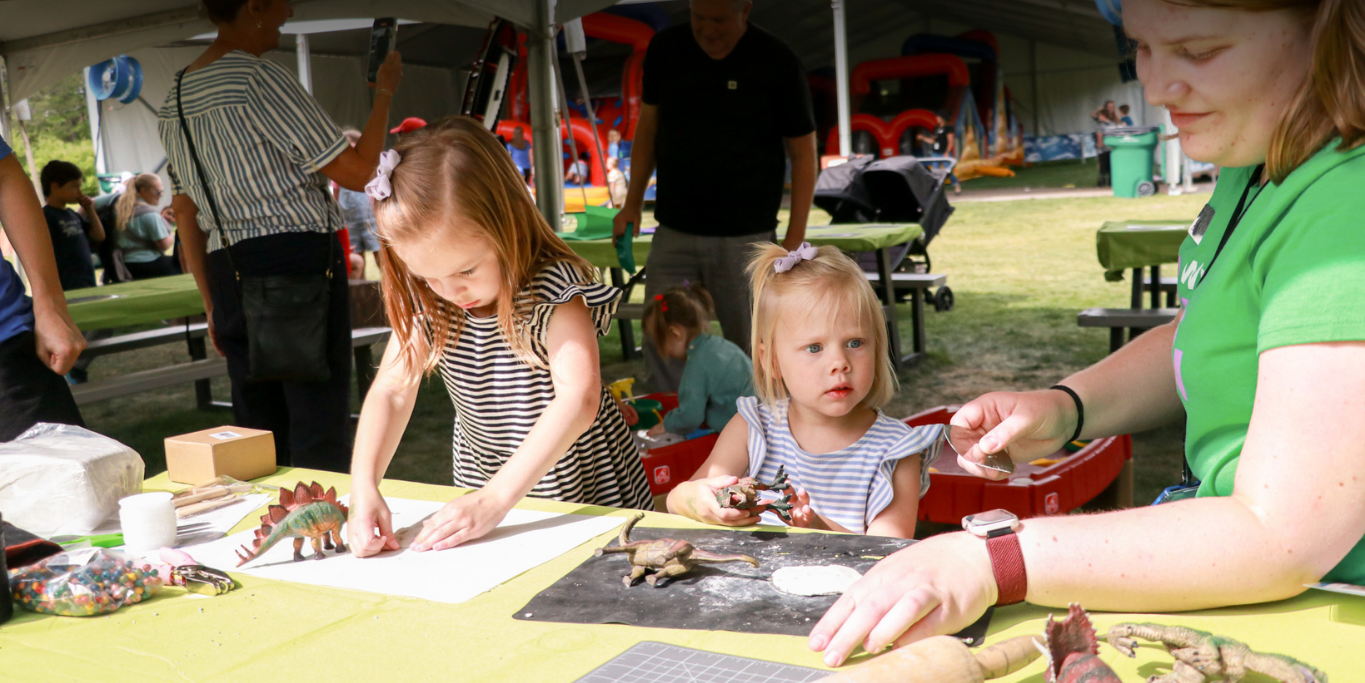Whether they are spook-ified villains like in Batman or naïve and lovable travel companions like in the Wizard of Oz, scarecrows are a staple of the autumnal harvest season. They are categorized as “ephemerals” because they only come out to play in the crisp fall months between summer and winter, but, in truth, scarecrows are not ephemeral as they were created long ago and still exist today.
Stand Like an Egyptian?:
While they may be best known for their gigantic, majestic pyramids, don’t let that overshadow the Egyptians’ other equally majestic and important creation – the Scarecrow. The Egyptians were the first group of people in recorded history to use scarecrows, to protect their wheat fields along the Nile River. When the birds attempting to snack on their crops got a bit out of hand, they began covering wooden frames with nets in an effort to catch the pigeons that preyed on their wheat fields. These farmers hid in the fields and scared the birds into the nets – effectively (and literally) killing two birds with one stone: a protected crop and a nice dinner.
The Greeks Dressed Their Scarecrows in Togas:
Did the Greeks dress their scarecrows in togas? Maybe. We don’t know for sure. What we do know is that around 2500 BC, Greek farmers carved Priapus, one of their least attractive gods, into pieces of wood to scare birds away from their vineyards. Priapus was the god of fertility and horticulture and his image in the field may have simultaneously blessed the crop while frightening the birds.
The Romans Always Copying the Greeks:
When Roman armies marched through Europe, they introduced the Priapus scarecrow to their people.
Japanese Farmers – Rice and Raincoats:
Around the same time the Romans were taking the Greek scarecrows continent-wide, Japanese farmers were making Kakashi, their own take on the scarecrow, to protect their rice fields. These scarecrows were shaped like people and dressed in hats and raincoats. Kuebiko, the Shinto god of folk wisdom, knowledge, and agriculture, is represented in Japanese mythology as a scarecrow – He cannot walk, but knows everything about the world.
German Witches Were a Bit Stiff:
In Germany, wooden scarecrows were carved to resemble witches.
It Feels a Little Medieval:
During medieval times, Britain forewent the inanimate route and welcomed child labor. Young boys and girls ran through fields of crops to scare away the birds – tiring, but effective. Eventually, though, farmers stuffed sacks with straw and used painted gourds as heads. They leaned these straw men against poles to make them look like they were people standing.
Native Americans Were the First to say “Get Off My Lawn”:
Native Americans also opted for live scarecrows. Men would sit on raised platforms to shout at birds and other animals.
Good Ole’ US of A:
In the United States, immigrant farmers introduced “bootsamon” or “bogeyman”, human-like scarecrows dressed in old straw-stuffed clothes with a bandana tied around their necks. As Americans manifest destiny-ed their way across the country, scarecrows popped up all over the continent. This style of scarecrow stuck, with most western creations being stuffed with straw and donning old clothes.
Today, pesticides and more technologically advanced scarecrows (reflective ribbons, noise guns, etc.) are used in fields to protect crops. But scarecrows live on in our front yards as Halloween decorations and in festivals for competitions. The best thing about scarecrows is that they can be whatever you want them to be. In a plaid shirt and overalls. A pumpkin head. A painted burlap sack face. In a full suit and tie. Dressed as your favorite TV character. The possibilities are endless. Come check out what members of your community have come up with for their scarecrows at the Scarecrow Festival on October 10-15.





